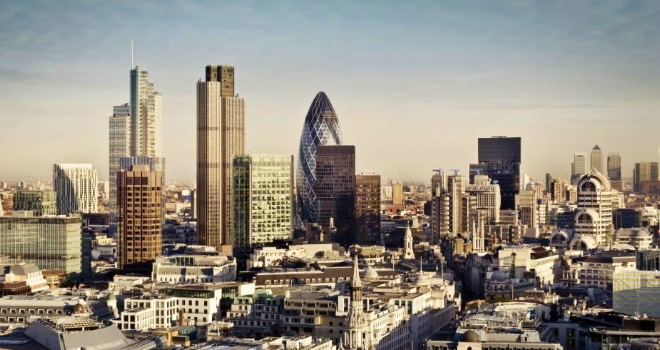
"Despite a material slowdown in the rate of house price growth in south eastern England, the headline rate of city house price inflation is holding up"
Hometrack now expects city house price inflation to reach 6-7% over the course of the year, higher than the 4% prediction made in December 2016.
However in London, house price growth has declined to 2.6%, the lowest level for more than five years.
Thirteen of the 20 cities which make up the Index have a lower annual growth rate than a year ago, but it is London which has registered the most dramatic slowdown over the past 12 months. House price inflation in the capital is down by 10.1% from June 2016, although the rate of the slowdown is starting to flatten out and average prices in London were up 1.7% in 2017Q2.
In addition to London, Bristol, Oxford and Cambridge have all seen a marked slowdown in the rate of house price growth – down by between 6% and 10% over the past 12 months. In Oxford and Cambridge house price growth, at 2.1% and 1.9 % respectively, is below the rate of general inflation (2.6%) as measured by CPI, and this means house prices are falling in real terms for the first time since March 2012.
In contrast, Birmingham is the fastest growing city with 7.8% annual price growth and Hometrack expects growth to continue over the remainder of 2017 as prices are rising off a lower base – the average price of a property in Birmingham (£154,900) is less than a third of that in London (£492,700) – and are supported by record low mortgage rates and falling unemployment.
Other large regional cities outside the south of England such as Manchester and Leeds continue to register consistent and robust house price growth of between 6-7% per annum, supported by the same economic factors which are driving growth in Birmingham.
The recent rise in house price inflation in many of these large regional cities means only four cities have prices below 2007 levels – Liverpool, Glasgow, Newcastle and Belfast.
Prices in the high growth cities of the last few years, the likes of London, Cambridge and Bristol are 40-60% ahead of levels recorded in 2007 while others have only just passed the 2007 benchmark, including Leeds, Sheffield and Edinburgh.
Richard Donnell, Research and Insight Director at Hometrack, said: “Despite a material slowdown in the rate of house price growth in south eastern England, the headline rate of city house price inflation is holding up, despite the squeeze on real incomes and uncertainty around Brexit. The Brexit impact was greatest over the second half of 2016 but house price growth has picked up over the last six months. This is consistent with an 11% increase in the number of home purchase mortgages, which is also 5% higher than the five year average.
“In London, the Brexit vote has had a greater impact on buyer sentiment and combined with affordability issues has led to a 10% reduction in the annual growth rate over the last 12 months. However, although house price inflation has fallen sharply in the capital it is starting to flatten out and the rate of growth is likely to avoid year on year price falls in the coming months.”





